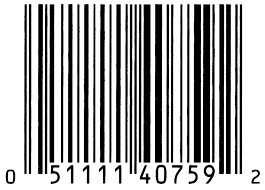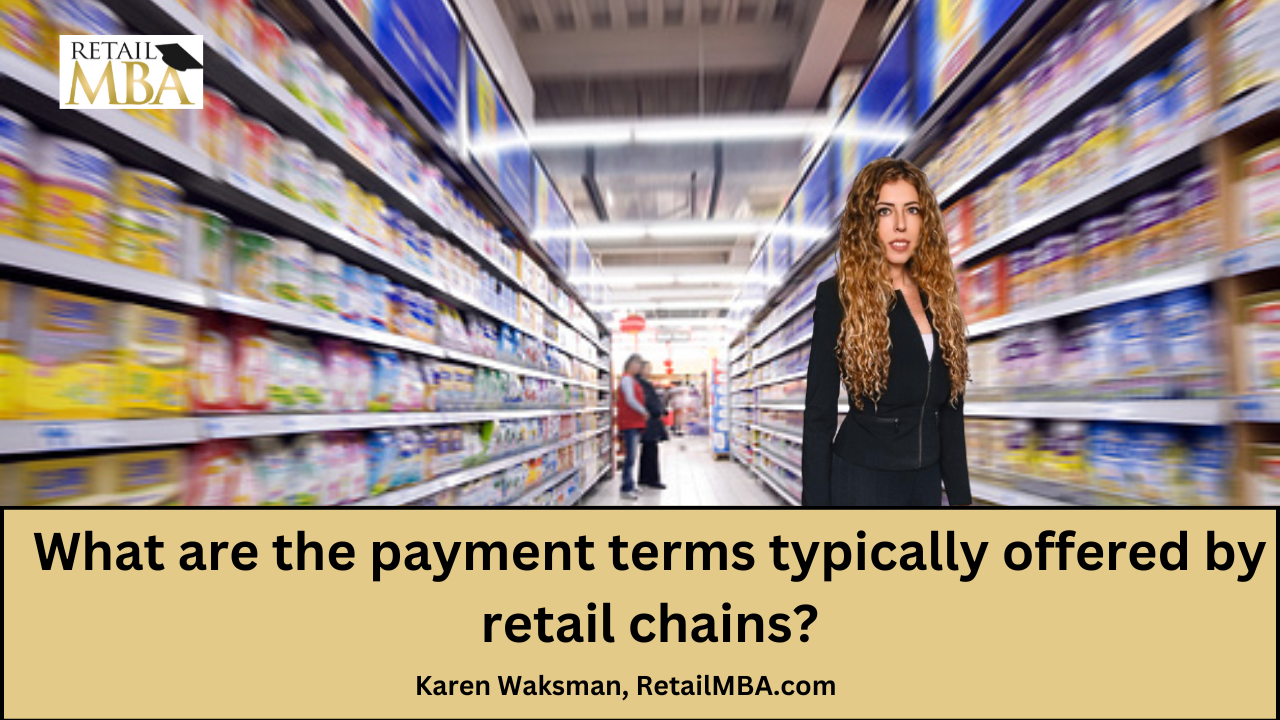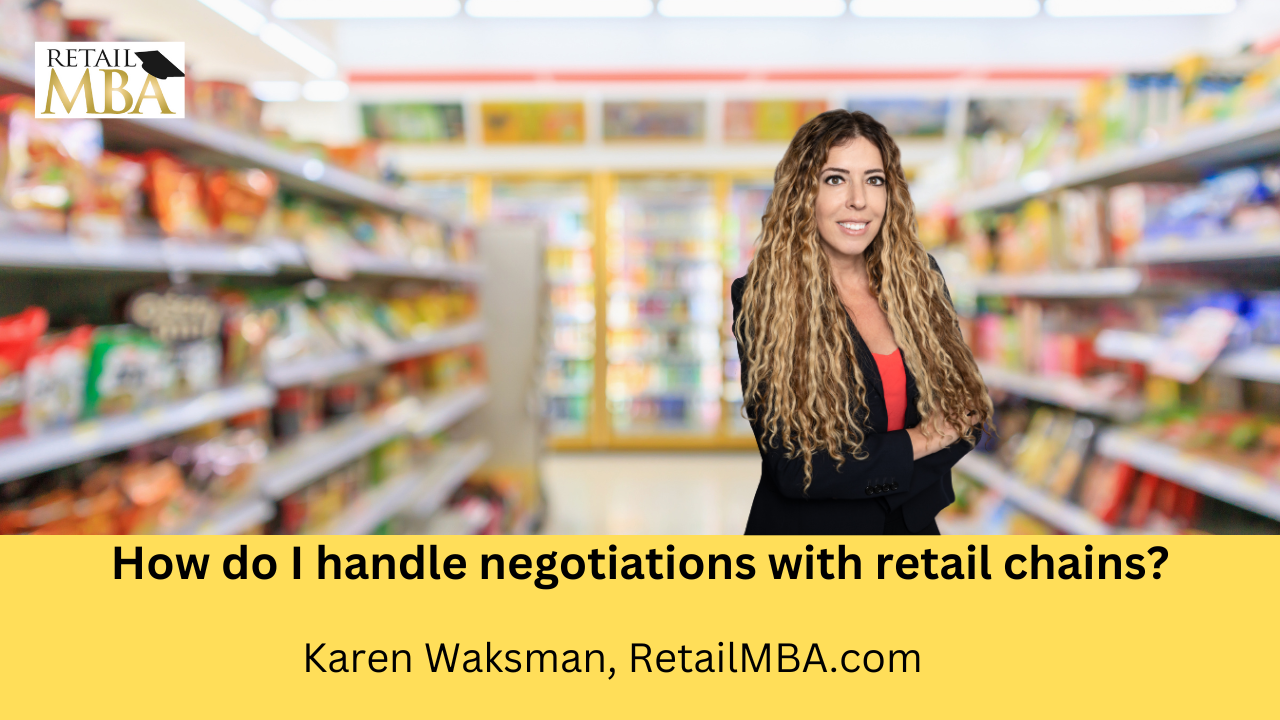Bar Code

What Is Bar Code Technology?
Bar codes are an encoding technology using black spaces and white bars to convey information. Readers can access this code with tools like light pens, laser guns or fixed scanners which convert the groups of bars into electronic signals that can be decoded easily.
UPC codes on most products contain a 12-digit barcode consisting of five numbers representing their manufacturer and five for product type identification.
They Encode Information
Short of typing everything out manually, bar codes provide a faster and more accurate means of transferring characters between paper documents and data files. Bar codes reduce misidentification errors significantly compared to typing all characters manually – and in turn save time.
For scanning bar codes, computers linked to scanners identify an exact pattern of black lines of various widths and white spaces that encode information. Next, these scanners translate this data into numerical and alphanumeric representations for easier interpretation.
There are various encoding schemes, or “symbologies,” used to generate bar codes. While some focus on numeric information only, others also encode alphabetic and punctuation symbols as well. Other techniques use stacking or interleaving multiple characters into small spaces – most frequently UPC and EAN codes are the most popular due to their standardized formats that enable their decode by scanners easily.
Example of an EAN-13 Code and UPC-A Code The EAN-13 has 13 digits while UPC-A only contains seven; two narrow, dark bars known as sentinel bars indicate this part of the code should not be misread, while remaining six coding bars consisting of four light and three dark ones alternate in pattern so each digit has two adjacent pairs of wide and narrow bars representing it; any empty space between pairs of bars represents no information, sometimes called non-intelligent spaces.
Other types of bar codes, like Code 128 and Data Matrix, are more complex than their linear equivalents and can be more useful in various applications, including inventory tracking and transportation management. Furthermore, these barcodes store more data than linear symbols due to allowing both letters and numbers (all 128 ASCII characters) as well as start and stop identification, quiet zones, and checksum digits that validate scanned information accuracy.
They Are Easy to Read
Bar codes make it simple and efficient for employees to scan a product and immediately process its information, eliminating the chance for human error and improving accuracy in companies such as medical facilities and retailers that rely on accuracy for success. Utilizing a scanner also speeds up this process significantly when compared with entering product numbers manually.
Early barcodes were simple 1-dimensional designs consisting of basic black lines that could be read by special scanners. But with computer technology and increased demand for accurate product data, bar code development has blossomed exponentially – from Universal Product Code (UPC) used in retail stores to QR codes used on smartphones as links to websites.
Most bar code scanners work by scanning a pattern of narrow and wide lines with spaces on the product label, known as its quiet zone. The scanner then looks for patterns that correspond with each character in the bar code; typically, starting with zero (retail products start here, pharmaceutical products with one, coupons with five), then manufacturer identification followed by check digit verification of accuracy of code contents.
As businesses expand their bar code capabilities, most often beginning with Code 39 is often the go-to choice for non-food labels and is easily read by all bar code scanners. If labels require additional data such as ASCII characters (Code 128) or numerical/lowercase information such as Uniform Code Group 3 (UCG 3), other encoding formats could be employed; examples being Code 128 which supports all ASCII characters while UCG3 formats offer greater versatility in storage options for numeric/lowercase data storage needs.
Before using bar codes, a company should obtain a GS1 Company Prefix from one of the GS1 Member Organizations to serve as a unique identifier for all barcodes created by that business and ensure all are linked back to one product.
They Are Cost-Effective
Many business owners assume bar code systems are unaffordable and unsustainable, yet bar code technology can save businesses significant sums in both the short and long term. With the decrease in scanner costs and software license fees enabling a small company to implement an affordable barcode system that delivers significant returns over time.
Barcode labels affixed to products enable companies to quickly update inventory and sales information in their enterprise resource planning (ERP) or business management system with each scan of the barcode label, saving time while providing accurate data that delivers real business advantages.
Barcodes not only simplify point-of-sale transactions and reduce errors, they can also help companies track and control inventory in warehouses and retail stores in real time, providing customers with real inventory counts that provide more accurate delivery estimates and enable better defining inventory carrying costs.
Businesses leveraging barcodes can reduce labor costs by eliminating the need for employees to remember product names and numbers by training a scanner to recognize all codes it encounters; cashiers at supermarkets don’t need to memorize all their bestseller’s codes! Barcodes also help lab technicians reduce human errors related to incorrect or illegible handwriting, and quickly reprice samples allowing for rapid repricing.
Barcode systems offer numerous benefits to businesses, including tracking and cataloguing assets, managing employee time and improving document management. Being able to quickly and accurately scan documents makes it easy for law firms, accounting firms and other professionals to manage client files more effectively while government agencies use barcodes as a way to track equipment properly spend public funds received.
Barcode systems have almost endless uses; all it takes to choose an effective barcode solution is to identify your most pressing business requirements and select one accordingly. For example, pharmaceutical manufacturers could utilize barcodes to record expiration dates of medications as well as track patient prescription histories.
They Are Discrete
Discrete bar codes consist of individual characters that can be decoded individually. They use narrow lines and spaces to represent numbers or letters. Furthermore, discreet bar codes must include quiet zones at either end of every symbol to allow scanners to read it without interference from nearby symbols.
Most commonly, numeric bar codes – UPC, EAN, Interleaved 2 of 5, and GS1 DataBar) are utilized. These one-dimensional barcodes are known as 1-dimensional barcodes; however, 2-dimensional barcodes such as QR codes, Data Matrix codes and MaxiCode are becoming increasingly popular due to their ability to encode more data within smaller spaces, cutting costs on labels and printing costs significantly.
There are various bar code symbologies. Code 39 and Interleaved 2of5 are discrete variable length barcodes that encode two to four numeric digits; these codes are often found in retail stores to automate point-of-sale scanning, printed onto corrugated cardboard for printing purposes. On the other hand, others like GS1 DataBar and Code 128 offer compact flexibility that allows warehouse management, inventory tracking and other industrial applications.
Other bar code symbologies are modular, featuring bars and spaces of two distinct widths. These binary bar codes use narrow elements fixed multiples of wide element width to encode data while an end stop pattern (usually an asterisk or dash ) marks off their end points.
Codabar – which is utilized by FedEx airbills, photo labs, and U.S. blood banks – is an intuitive self-checking barcode which uses consecutive numbers without the aid of a computer to create its code. Its compact size makes printing on small products effortless while its error detection and correction functionality allow a scanner to easily identify and correct errors.
While both 1-dimensional and 2-dimensional barcodes have their own set of advantages, the key difference lies in how your business software processes data derived from these bar codes – this means the quality of software processing data more than actual bar codes themselves is key to their effectiveness.

Step-by-step training on how to sell to retail chains!
We explain exactly how to do that and how to get started today. I’ve taught over 100,000 of companies over the years across the globe on how to get your products to the stores. And so we’re here to support you. Or please subscribe to our Youtube channel and or be on the lookout for additional training that we create.
We are here to expedite the process of generating revenue with your physical products and that’s what we’re all about. Take a look at our advanced training, live events, certification programs and so much more.
In this training, I will discuss some of the things to think about when approaching a retailer to sell your products and become a vendor. Hope it helps! 🙂
Karen Waksman,
Retail MBA
Questions? Contact Us!
1-855-Retail-2 (Call or Text)
Email: info@retailmba.com
Retail MBA provides a step-by-step formula on How to Sell to Major Retailers, Online Retailers, Smaller Retailers, Catalogs and More. No Experience Required! These solutions continue to convert for clients year-over-year! These are Time-Tested and Proven Strategies that we utilize ourselves when going after stores! Everything we teach, we test. Want access to these formulas? ANY one of our programs and coaching systems gives you access to them now. With that said…
Here are 5 Easy Ways to Work with Us:
1) Free Training – If You Would Like to Join Our Next FREE Webinar Training Called “Retail Chain Store Secrets – How to Sell to Major Retail Chains. No Experience Required” Then Sign Up NOW To Learn All About Selling into Retail Chains By Clicking Here!
2) Retail MBA Year Long Coaching and Training System – Our Year Long Coaching and Training System with Karen Waksman is POWERFUL! This is our most popular training and coaching system! We walk you through how to approach, pitch and sell to retail chains and we coach you along the way! Join us by Clicking Here!
3) Masterclass Intensives – Want to Join our Next 4 Week Elite Retail MBA Masterclass Intensive? These Intensives Are EPIC for people who Love Fast Paced Learning – Homework, Retail Coaching, Developing Your Strategy, Buyers Contacts and More! These Events Are Held Every Quarter. Join us by Clicking Here!
4) Done-for-You Program – If You Want Karen Waksman and Her Team to Reach Out to Your Top Dream Retail Chains On Your Behalf – And You Have a Retail-Ready Product, Check Out our Epic Done-For-You Service by Clicking Here!
5) In Person Events – If You Want to Learn LIVE and Meet Karen Waksman in Person at Our Next “America’s Next Retail Product: LIVE Event with Other Like-Minded Individuals in Beautiful San Diego, CA! We Would LOVE to Have You Join Us by Clicking Here!

Check Out Our Additional Blog Posts Here:
Retail Terms
Retail Terms – What are the payment terms typically offered by retail chains? Click Here to Learn More!
Retail Vendor
Retail Vendor – What are the common mistakes to avoid when selling to retail chains? Click Here to Learn More!
How to Sell Your Holiday Products to Retail Chains
New Training on How to Sell Your Holiday Products to Retail Chains
Ulta Beauty Vendor
Ulta Beauty Vendor – How to Sell to Ulta Beauty Stores. Click Here to Learn More!
Retail Strategy
Retail Strategy – How do I handle negotiations with retail chains? Click Here to Learn More!






